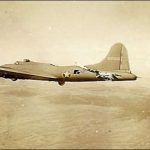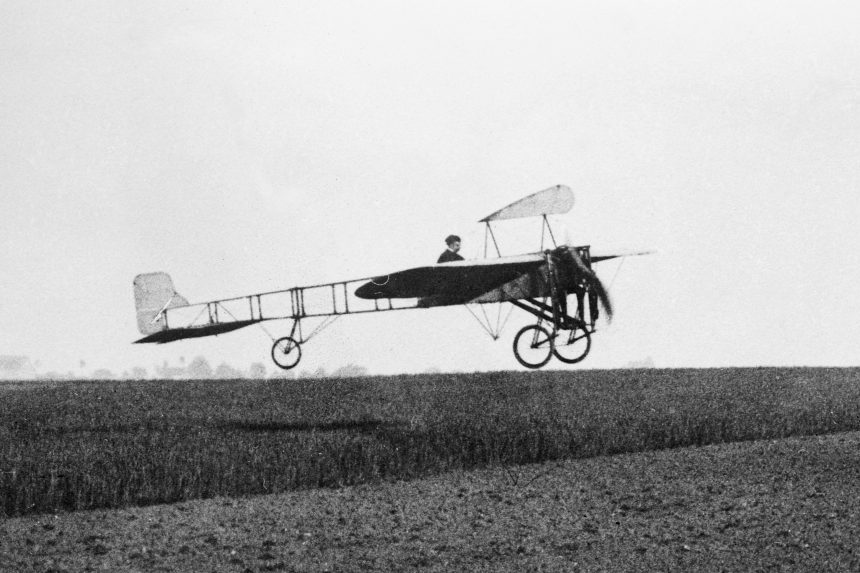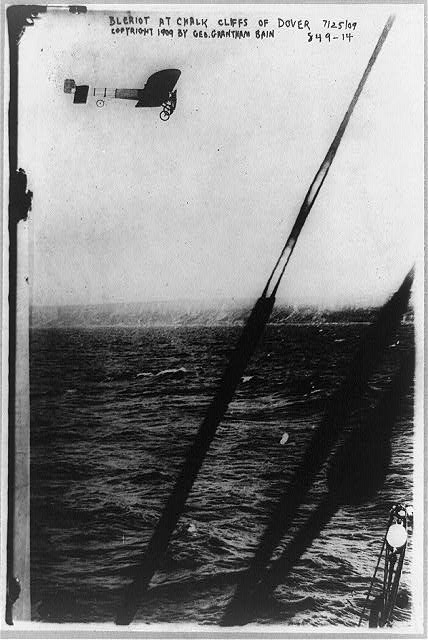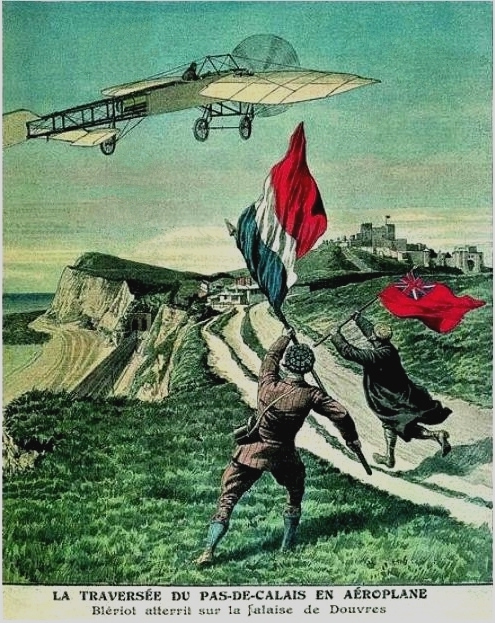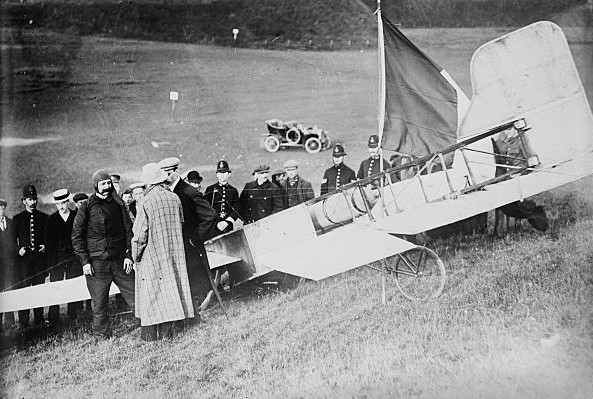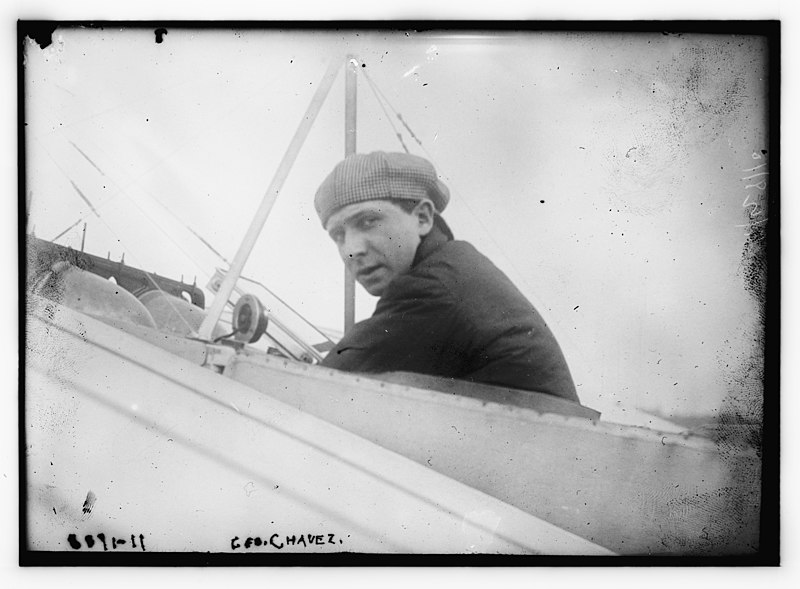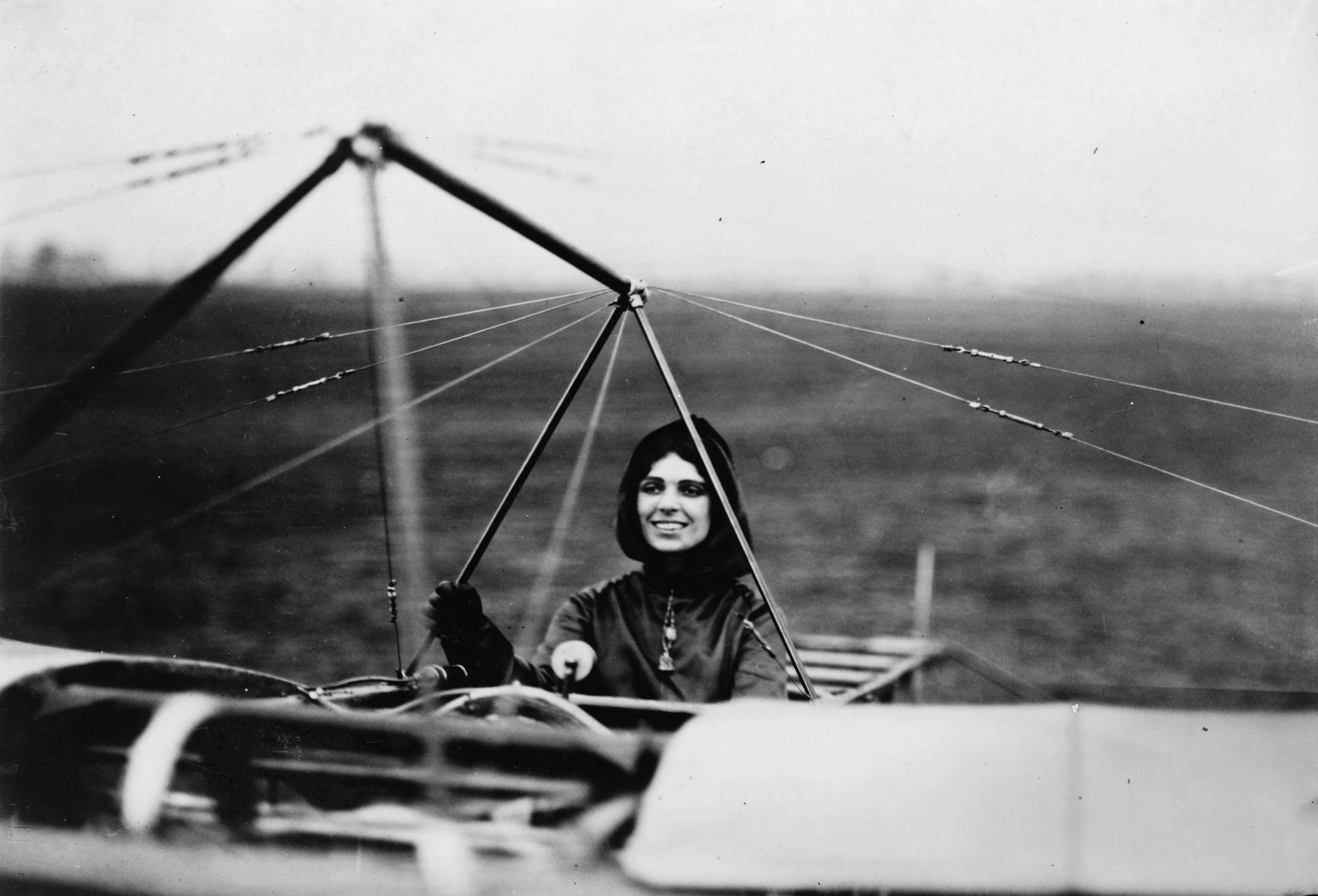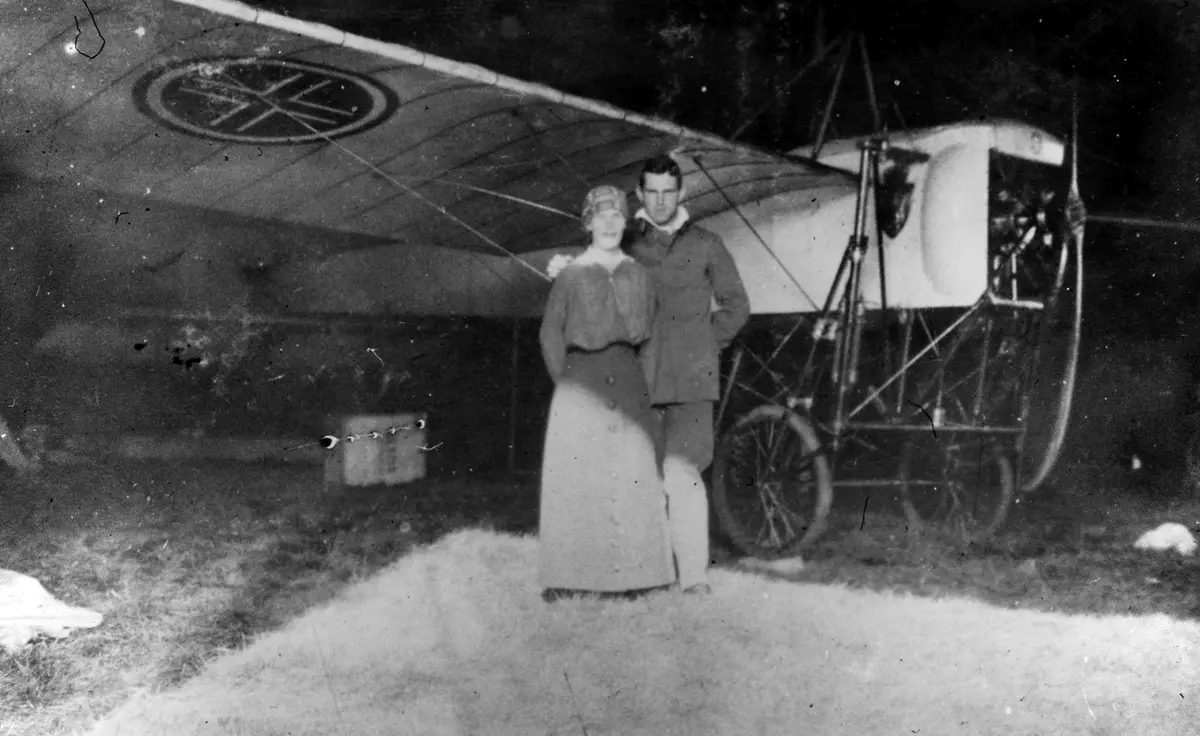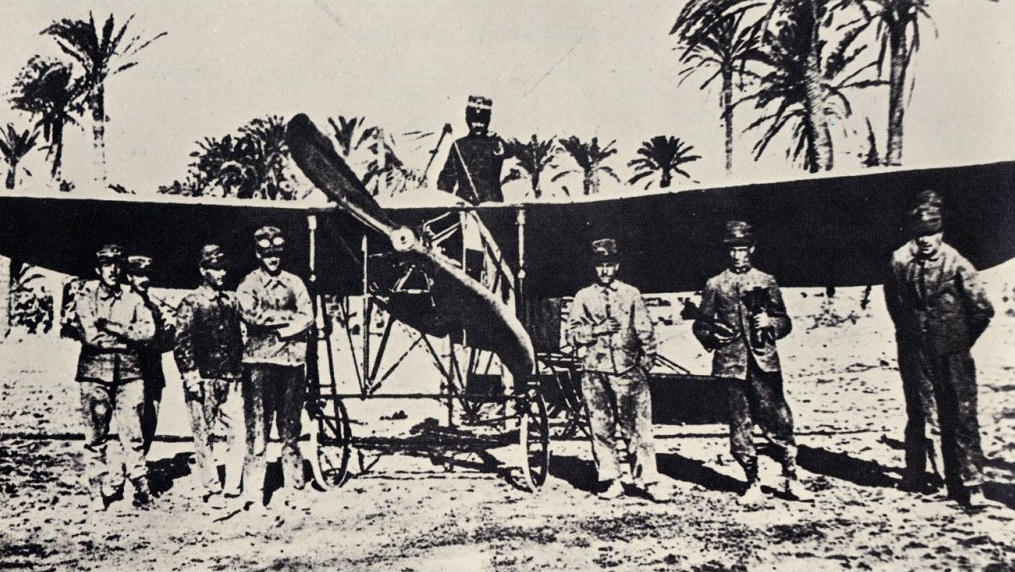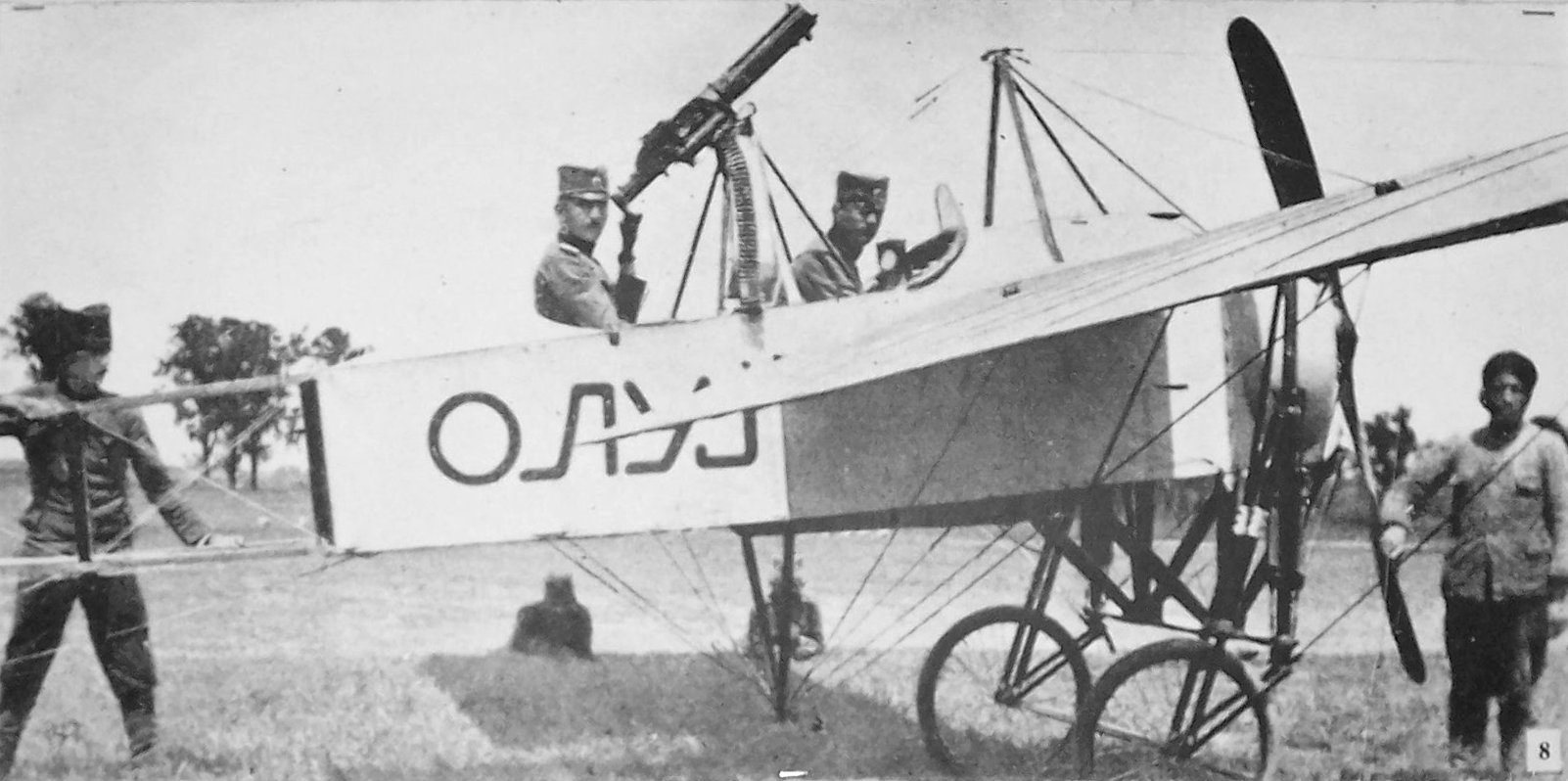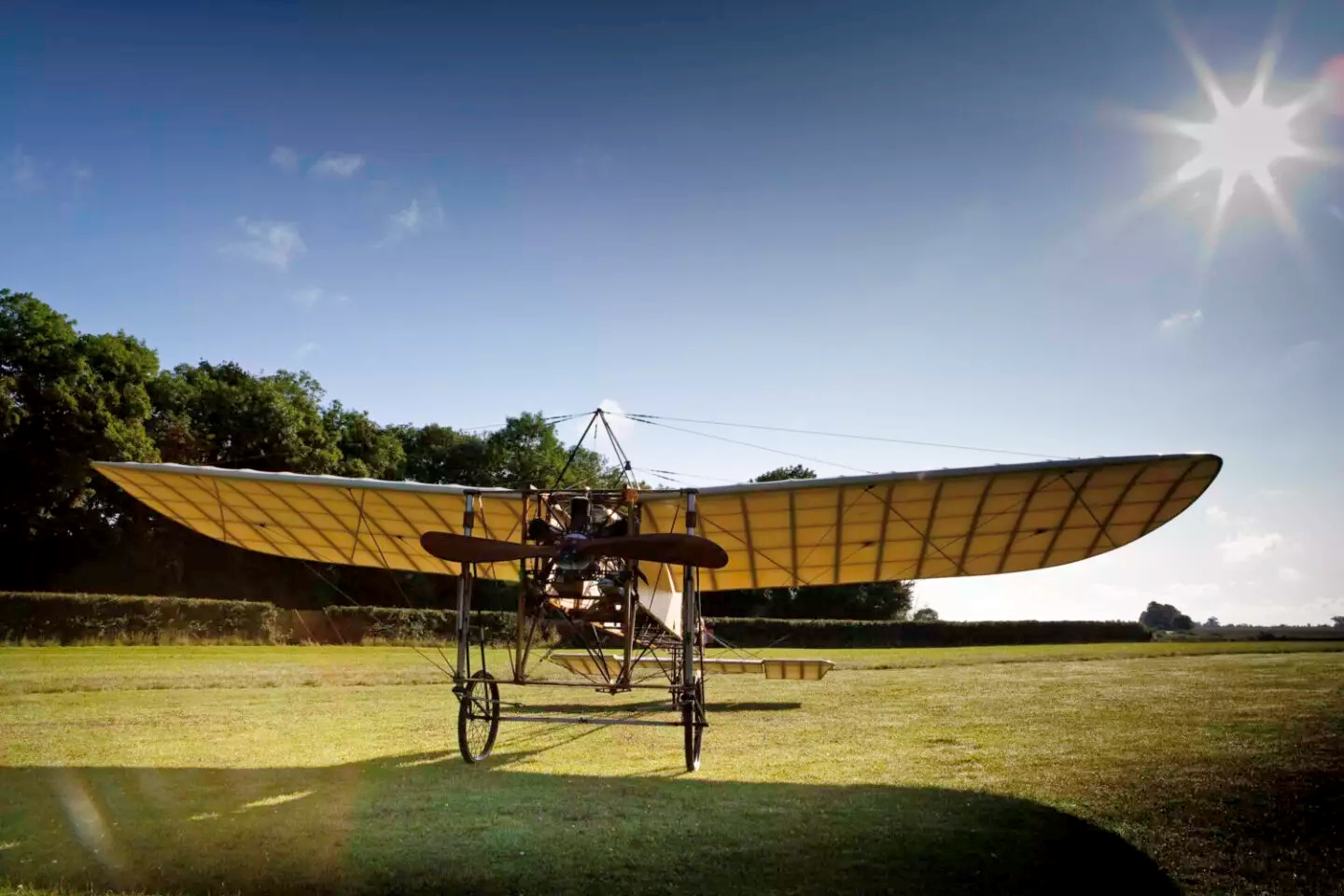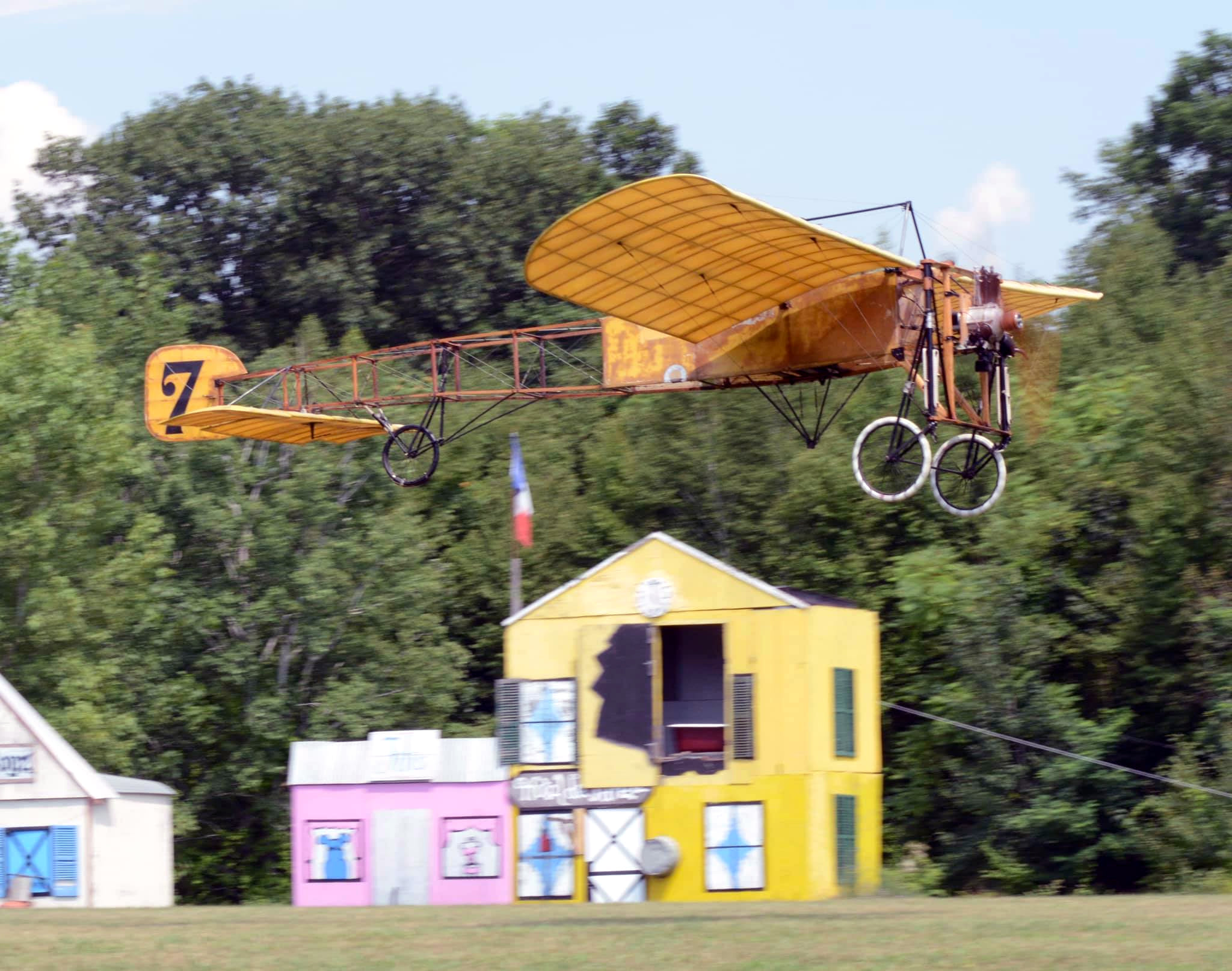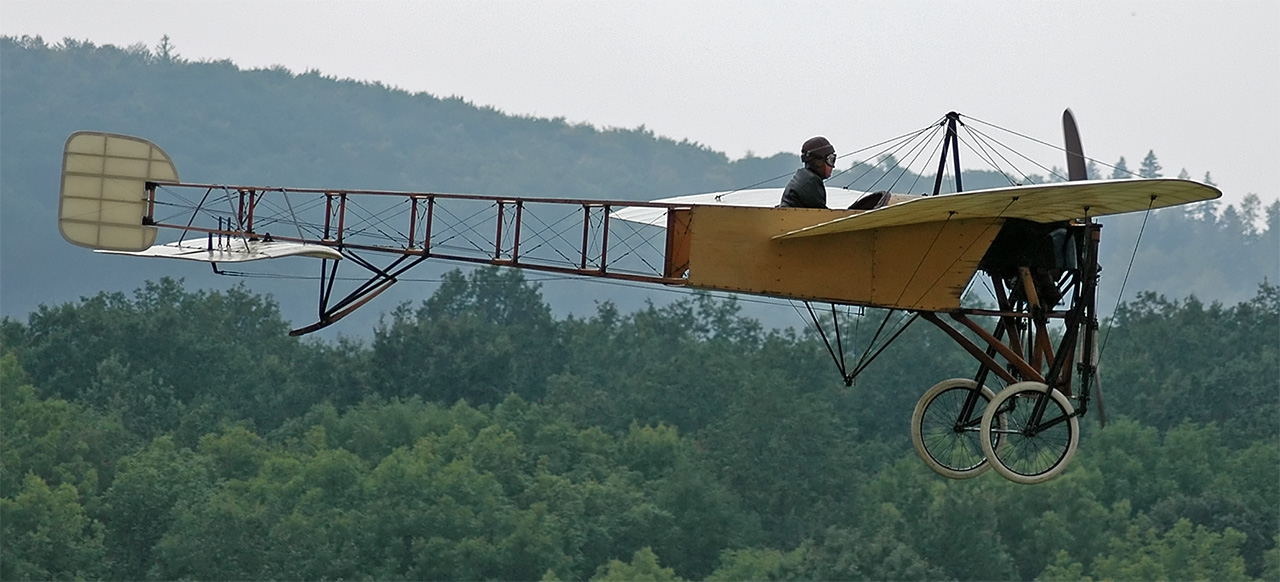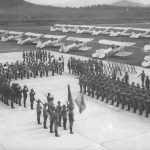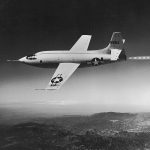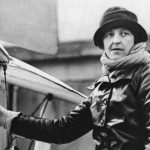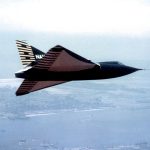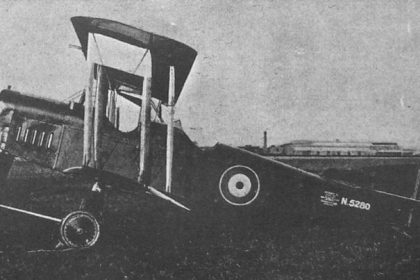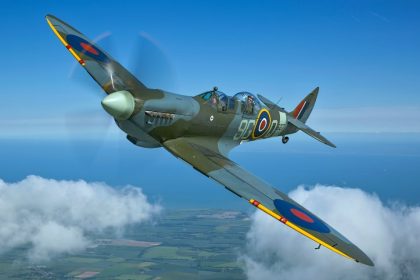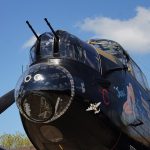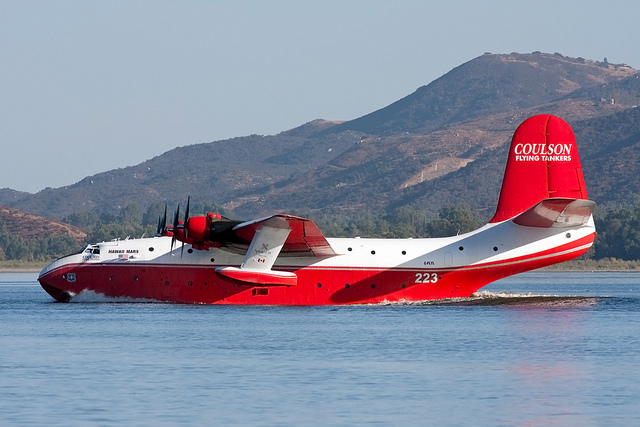

The man behind the Blériot XI was Louis Blériot, an engineer who graduated from the prestigious École Centrale school of engineering, and later developed a modest fortune by developing the world’s first practical headlamp for automobiles. But by the end of the 19th century and the beginning of the 20th century, Blériot turned his attention to the skies. He met fellow pioneering French aviators such as the brothers Charles and Gabriel Voisin, who helped him design and build gliders and powered aircraft of biplane, monoplane, tandem wing, and canard configurations.
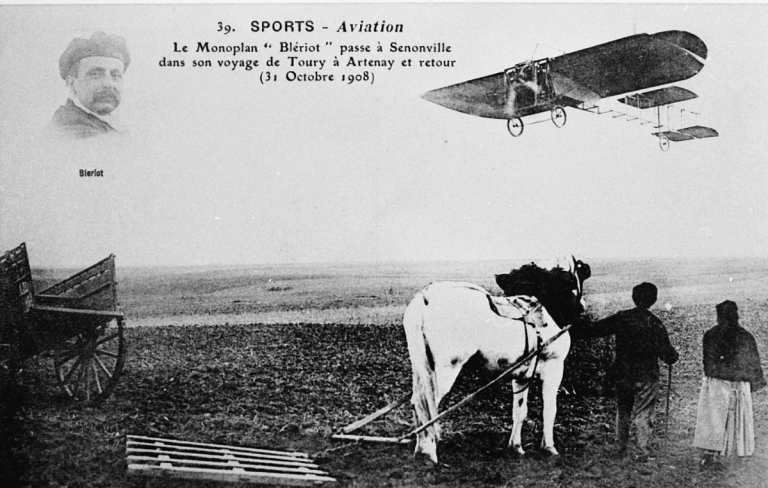
By 1908, Blériot developed the Blériot VIII, the first airplane to combine a hand-operated joystick for the aircraft’s pitch and roll axis and foot-operated rudder controls for the yaw axis. Seeking to merge this breakthrough with a new design, he worked with Raymond Saulnier, co-founder of Morane-Saulnier, on a new design that became the Blériot XI, a tractor-configuration monoplane with a partially covered wooden box-girder fuselage with wire cross-bracing and a sparse open cockpit. Lateral control was achieved through wing warping, where the ends of a plane’s wings are twisted by control wires to make the aircraft turn, while the tail held a horizontal stabilizer for the elevators and an all-moving vertical surface for the rudder. A cabane fin was also installed above the cockpit for lateral stability.
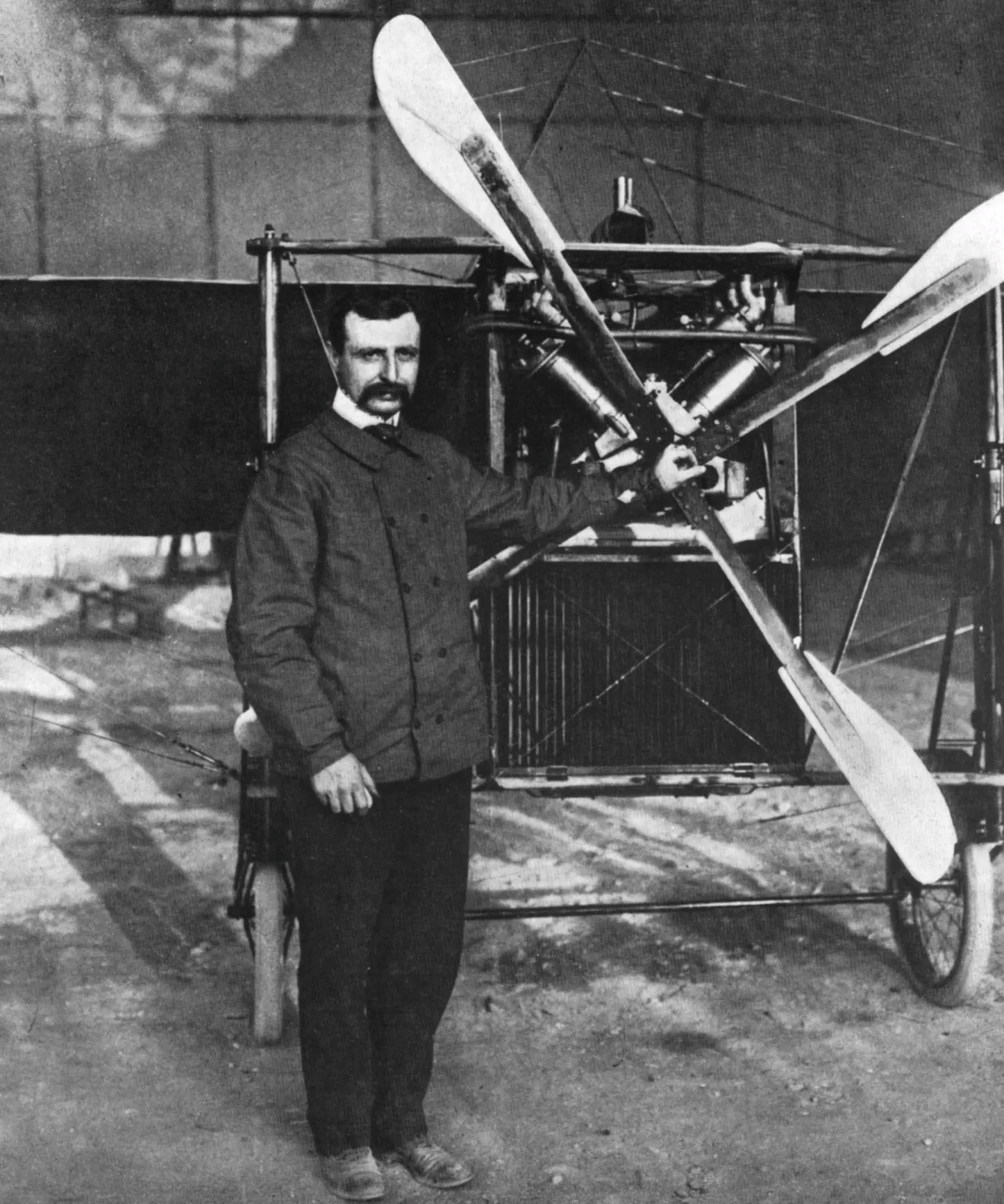

But three contenders emerged to prove that assertion wrong, and beat each to the prize money. The favored man to win was the French aviator of English extraction, Hubert Latham, with his Antoinette monoplane, followed by Charles de Lambert with his pair of Wright Model A biplanes, and Louis Blériot and his Blériot XI monoplane. Each set up camp near Calais, with the goal of landing near Dover, the shortest point for a crossing. Latham was the first to attempt the flight on July 19, 1909, but after his engine failed, he was forced to make the first ditching in aviation history. Meanwhile, De Lambert damaged his Wright Flyers during practice flights, leaving just Blériot, who took off at 4:41am on July 25, 1909, battling bad visibility and strong winds.
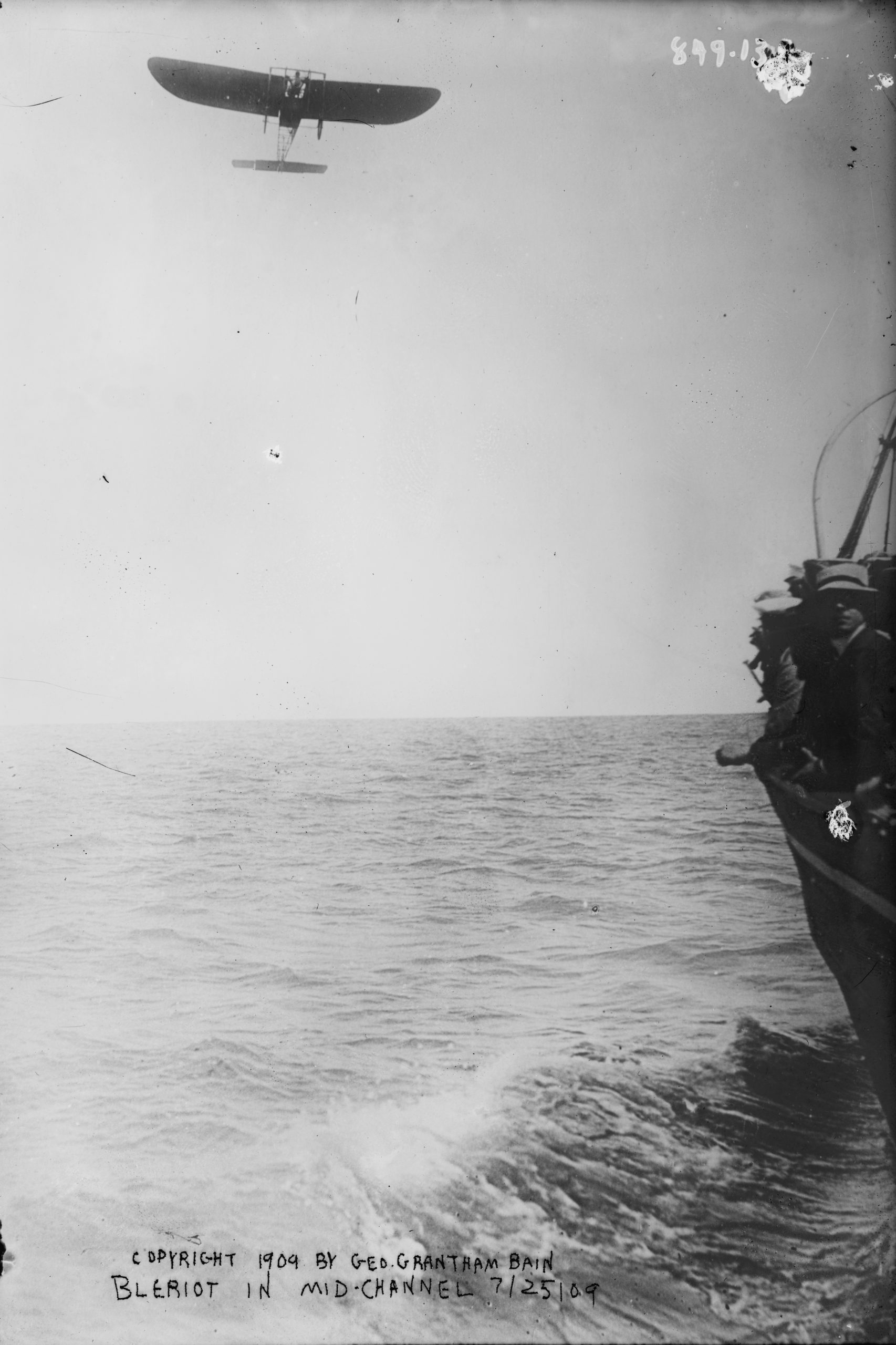
Despite these hurdles, Blériot found the White Cliffs of Dover on his left, and after correcting his course, he was welcomed by Charles Fontaine, a correspondent from the French newspaper Le Matin, waving a French tricolour. Blériot would land at Northfall Meadow, near Dover Castle. Although the gusty winds shoved the landing to the point where the monoplane’s landing gear collapsed and its propeller was destroyed, Blériot was unharmed, and the world took notice that for the first time, the airplane had crossed the English Channel in 36 and a half minutes, with the British tabloid The Daily Express publishing the headline “Britain is no longer an Island.”
With the crossing of the English Channel, the Blériot XI became one of the most popular aircraft designs of the pre-WWI era, built and exported around the world, while others copied the design with their own resources. Other Blériot XIs made record-setting flights around the world, from French-born Peruvian pilot Jorge Chávez becoming the first to fly over the Pennine Alps in 1910, to American pilot Harriet Quimby becoming the first woman to fly across the English Channel in 1912, and Norwegian explorer Tryggve Gran making the first flight across the North Sea from Scotland to Norway in 1914, then the longest airplane flight over water.
The Blériot XI was also among the first military airplanes to see combat, especially the upgraded XI-2 variant that could carry a pilot and observer. The military Blériots were used primarily as artillery spotters and scouting aircraft. They were used during the Italo-Turkish War (1911-1912) in Libya, the First and Second Balkan Wars (1912-1913), and the opening phases of World War I. As newer aircraft came to replace the Blériots, there ware largely relegated for use as trainers, with some being fitted with shorten wings and less powerful engines to become Penguin trainers, where military air cadets would learn how to taxi airplanes, but the Penguins would be unable to take off themselves.
Today, a number of original Blériot XIs have survived to the present day, with two examples being the two oldest airworthy aircraft in the world. These two being G-AANG, built in 1909 and flying with the Shuttleworth Collection at Old Warden, England, and N60094, which is maintained by the Old Rhinebeck Aerodrome of upstate New York. In both case, though, both aircraft are typically flown in the summer months on short hops from grass fields. An original licensed development of the Bleriot, a Thulin A, is also maintained in airworthy condition in Sweden with the registration SE-AEC, along with two other Thulin As restored by vintage aviation pilot/aircraft restorer Mikael Carlson.
Many more can be found in national museums around the world, but the most historically valuable of the surviving Blériot XIs is the one flown by Louis Blériot on the first flight across the English Channel back in 1909. This historic aircraft is displayed at the Musée des Arts et Métiers in Paris, while other original Blériots can be found in museums in France, Canada, the United States, the United Kingdom, Czech Republic, Argentina, Germany, Spain, Switzerland, and Australia. In addition to the surviving originals, numerous replicas and reproductions are on display or flown around the world today.
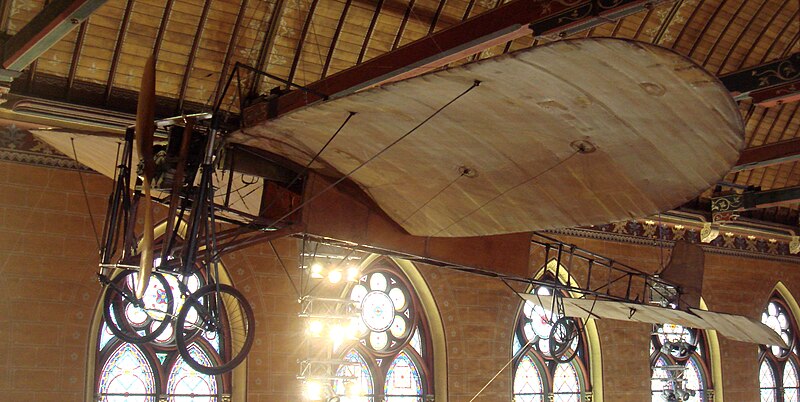
The Blériot XI remains one of the most important aircraft in the history of aviation, with the record-setting flights it made alongside aviators flying across the globe proving that the airplane, while still a fragile machine, was not a machine without purpose. The flights of the Blériot would also go on to inspire generations of pilots and aeronautical engineers to change the world.
Today in Aviation History is a series highlighting the achievements, innovations, and milestones that have shaped the skies. All the previous anniversaries are available HERE





